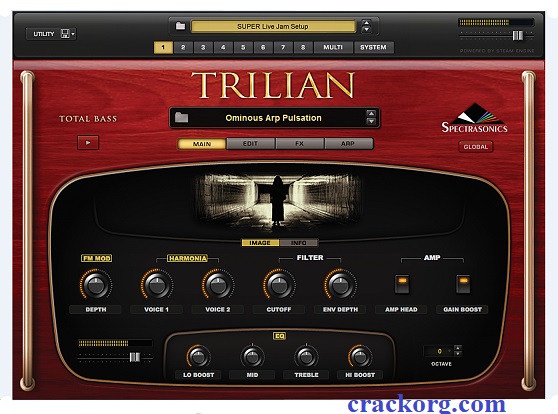
- #Heartbeat sound classification wavelet matlab code how to#
- #Heartbeat sound classification wavelet matlab code code#
- #Heartbeat sound classification wavelet matlab code series#
The helper function helperCreateECGDirectories does this. Then create three subdirectories in 'data' named after each ECG category. To store the preprocessed data of each category, first create an ECG data directory dataDir inside tempdir. The three diagnostic categories are: 'ARR', 'CHF', and 'NSR'. Labels is a 162-by-1 cell array of diagnostic labels, one for each row of Data. The Data field is a 162-by-65536 matrix where each row is an ECG recording sampled at 128 hertz. Load(fullfile(tempdir, 'physionet_ECG_data-main', 'ECGData.mat'))ĮCGData is a structure array with two fields: Data and Labels. įullfile(tempdir, 'physionet_ECG_data-main')) Unzip(fullfile(tempdir, 'physionet_ECG_data-main', 'ECGData.zip'). Modify the subsequent instructions for unzipping and loading the data if you choose to download the data in folder different from tempdir.Īfter downloading the data from GitHub, unzip the file in your temporary directory. The instructions for this example assume you have downloaded the file to your temporary directory, tempdir, in MATLAB. Save the file physionet_ECG_data-main.zip in a folder where you have write permission.

#Heartbeat sound classification wavelet matlab code code#
To download the data from the website, click Code and select Download ZIP. The first step is to download the data from the GitHub repository. The goal is to train a classifier to distinguish between ARR, CHF, and NSR. More specifically, 96 recordings from persons with arrhythmia, 30 recordings from persons with congestive heart failure, and 36 recordings from persons with normal sinus rhythms. In total you use 162 ECG recordings from three PhysioNet databases: MIT-BIH Arrhythmia Database, MIT-BIH Normal Sinus Rhythm Database, and The BIDMC Congestive Heart Failure Database. In this example, you use ECG data obtained from three groups of people: persons with cardiac arrhythmia (ARR), persons with congestive heart failure (CHF), and persons with normal sinus rhythms (NSR). The data used in this example are publicly available from PhysioNet.
#Heartbeat sound classification wavelet matlab code series#
We reuse the network architecture of the CNN to classify ECG signals based on images from the CWT of the time series data. GoogLeNet and SqueezeNet are deep CNNs originally designed to classify images in 1000 categories. In this example we adapt two deep CNNs, GoogLeNet and SqueezeNet, pretrained for image recognition to classify ECG waveforms based on a time-frequency representation. This leveraging of existing neural networks is called transfer learning. In these cases, leveraging existing neural networks that have been trained on large data sets for conceptually similar tasks is desirable.

In various applications, a sufficient amount of training data is not available, and synthesizing new realistic training examples is not feasible. Training a deep CNN from scratch is computationally expensive and requires a large amount of training data.
#Heartbeat sound classification wavelet matlab code how to#
This example shows how to classify human electrocardiogram (ECG) signals using the continuous wavelet transform (CWT) and a deep convolutional neural network (CNN).


 0 kommentar(er)
0 kommentar(er)
